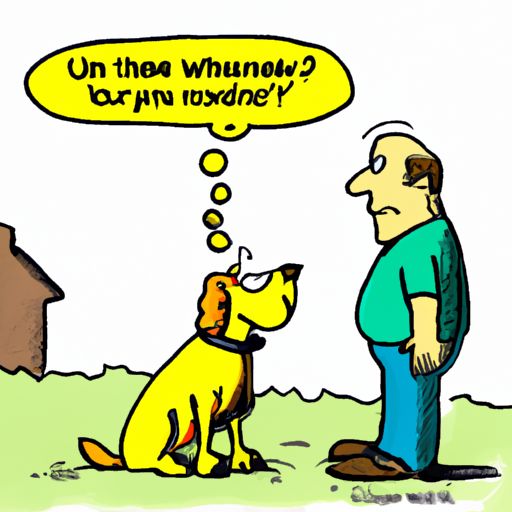Understanding Your Dog’s Health
As a caregiver, it is completely natural for you to worry when your dog throws up yellow. Vomiting is not something to be taken lightly. However, it’s important to understand this could be due to a number of reasons, most of which are not life-threatening. But it’s always better to be safe than sorry and understand the causes behind this symptom.
The yellow substance you see is bile, a digestive fluid produced by the liver. It usually indicates that your dog’s stomach is empty. Let’s delve into the specifics.
Possible Causes of Yellow Vomit
There are several possible causes for your dog’s yellow vomit:
-
Bilious Vomiting Syndrome (BVS): This condition occurs when bile leaks into the stomach from the small intestine, usually when the stomach is empty. Symptoms include vomiting on an empty stomach or early in the morning.
-
Gastroenteritis: This is an inflammation of the gastrointestinal tract, usually caused by consuming spoiled food or foreign objects.
-
Pancreatitis: Sudden inflammation of the pancreas can cause vomiting, among other symptoms.
-
Food Allergies: Just like humans, dogs can also develop food allergies.
How to Respond
When you notice your dog throwing up yellow, here are some steps you should take:
-
Monitor their behaviour: Look for other signs of illness such as lethargy, diarrhoea, or loss of appetite.
-
Check their food: Make sure their food is not spoiled or contaminated.
-
Visit the vet: If the vomiting continues or if you notice other symptoms, take your dog to the vet immediately.
Prevention and Care
Preventing yellow vomit largely depends on its cause. However, some general care tips include:
- Feed your dog smaller meals throughout the day to prevent their stomach from being empty for too long
- Avoid giving them food that they are allergic to
- Keep them hydrated
- Regular vet check-ups
FAQ
1. Is yellow vomit dangerous?
Not always. It can simply mean your dog’s stomach is empty. However, continuous vomiting warrants a visit to the vet.
2. What does yellow vomit look like?
It’s usually a bright yellow liquid, sometimes frothy.
3. Can I treat my dog at home?
You can provide initial care at home, but it’s always best to seek professional advice.
4. Should I change my dog’s diet?
If your dog’s vomiting is due to dietary issues, your vet might recommend a diet change.
5. How can I prevent my dog from vomiting yellow?
Prevention methods depend on the cause, but keeping your dog’s diet regular and balanced can help.
Remember, as a caregiver, it’s your responsibility to ensure your dog’s health and happiness. Trust your instincts – if you feel something is not right, it probably isn’t. Your furry friend can’t speak, but they communicate through their behaviour. Listen closely.



